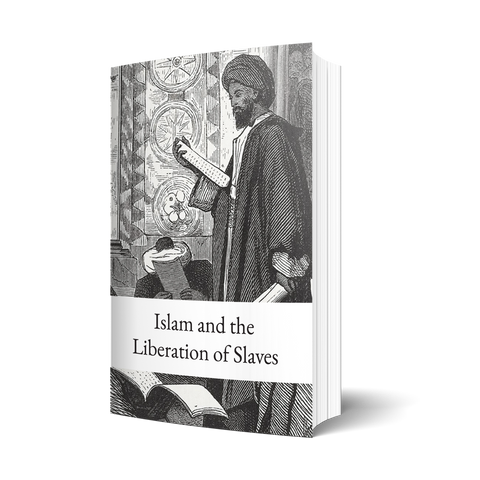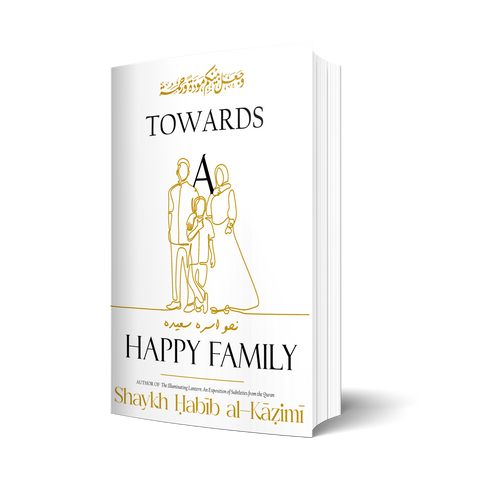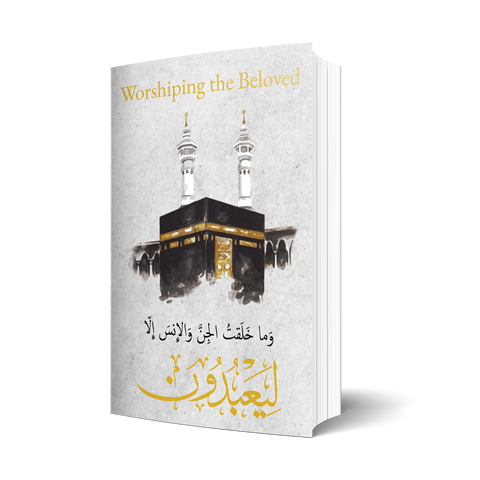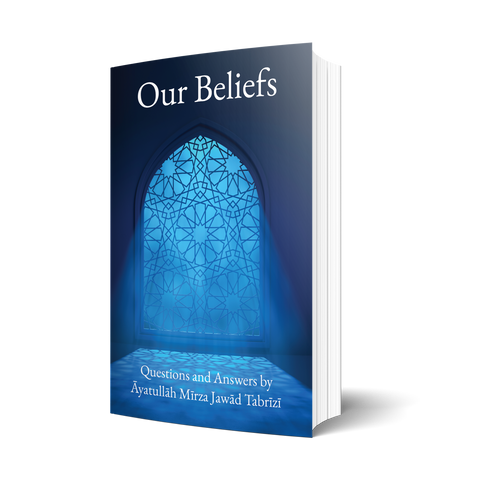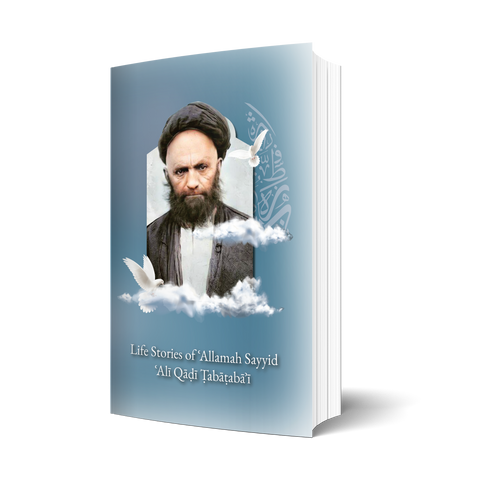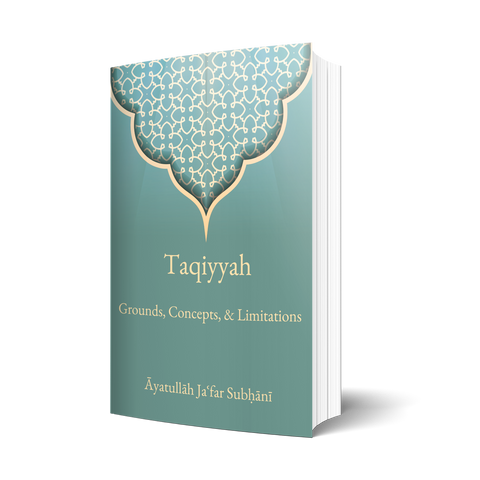Your cart is empty now.
Heighten the Mind
You may also like
al-Burāq Publications Completed Publications
This is a labor of love that takes into account the lives of those who were with the Imam al-Huysan (AS), who fought with him, who survived him, including women, men and children
It is a translated effort and the translation flows very eloquently – exemplifying the comfort level of the translator with the text in all languages English, Arabic or where Persian works were consulted
The format of the work is very straight forward – it begets the life of one who was with Husayn, their stance at the battle of Karbala, their poetic rendition exemplifying their bravery, their association with their tribes or their direct association to the ahl al-Bayt (AS)
Here are a few themes that I observed but are not limited to,
1. Its is a work that lists the tribe or association of that individual who seeks to engage the Other in the Battle of Karbala, their motivation to do so, their words of familial allegiance to the ahl al-Bayt (AS), and their challenging the Other
2. The content is neatly divided in laying out the allegiances of those who were with the Imam (AS) in tribes – this is a useful tool to understand the confluence of those who were with the Imam (AS) and those who were with the Imams brother, and Imam Ali and going back to Prophet Muhammad (S)
3. The calling back and fighting follows the themes that were even prevalent during the time of the Prophet (S) – narrating ones tribe, ones honor, ones honor bestowed by Islam and honor associated with their relation to the ahl al-Bayt (AS)
4. It employs the religious, political and language, exemplifying their awareness of their interlocutors
5. Specific mention of relationship is made to the ahl al-Bayt, that I fought with Imam Ali, or Imam Hasan – it is hearkening to the wilayah of the ahl al-Bayt that is very important and dear to the one who is in the camp of Imam al-Husayn (AS)
6. Raising such context is to popularize in the popular consciousness of the other, the status of the ahl al-Bayt. Like how Hurr was tamed to switched sides – it took reason and the mention of the honor of the ahl al-Bayt
7. In the arab warfare tradition, there is this tradition of “rajaz” poetry, where one caller who goes out to the battle field, shares their eloquence and their readiness in engagement through war poetry
8. Poetry and poetic rendition, has in general many themes, love of the ahl al-Bayt (AS), honoring the love of the ahl al-Bayt (AS), their lack of fear in seeking the crown of martyrdom, while taking the lives of the other, while also being grateful in dying on the path of truth and justice, with their Imam (AS) on their side
9. Other poetic and poetic renditions is the theme of loss in this world, while also being crowned with honor and presence of Imam Ali (AS) or Fatima az-Zahra (SA). The poetry has eschatological over-tones where the intercession of the blessed family and the Prophet (S) are sought by gaining presence in paradise
10. Also poetic and poetic renditions are also a reminder to the Other of the falsity of their belief, of the utter loss that they have earned by losing paradise and gaining a place in hell
11. There is no happiness in the happiness in striding to the battle field after being blessed and given permission by Imam al-Husayn (AS). The fighter is fully aware that when in distress seeking for and calling for the presence of their Imam (AS) in their dying moments, a moment of great honor
12. In many instances the bravery and Hamza and Imam Ali (AS) are called into account, as they face the enemy. Such a strong linkage to the elders of the family and the ahl al-Bayt (AS) is a beautiful reminder of the precedents of bravery, steadfastness, being on the side of truth and justice
13. Lastly, there are letters that were also penned by the Imam al-Husayn (AS) and then distributed out to seek allegiance or to answer questions from those who were actively waiting for him.
Recommendations
1. Create an appendix for poetry – just one liners and pick the dominant theme
2. Create an appendix for letters – just one liners and pick the dominant theme
3. Create a pictorial representation of the battle field of Karbala – since the original text is filled with actual geographical approaches to the other enemy by flanks
4. Create a user friendly font size so it is easy to read
5. List the available resources on the Battle of Karbala in the English language
6. Modern day maqatil works have been published in the english language as well and share those
7. A few typos here and there and also some capitalized instances





